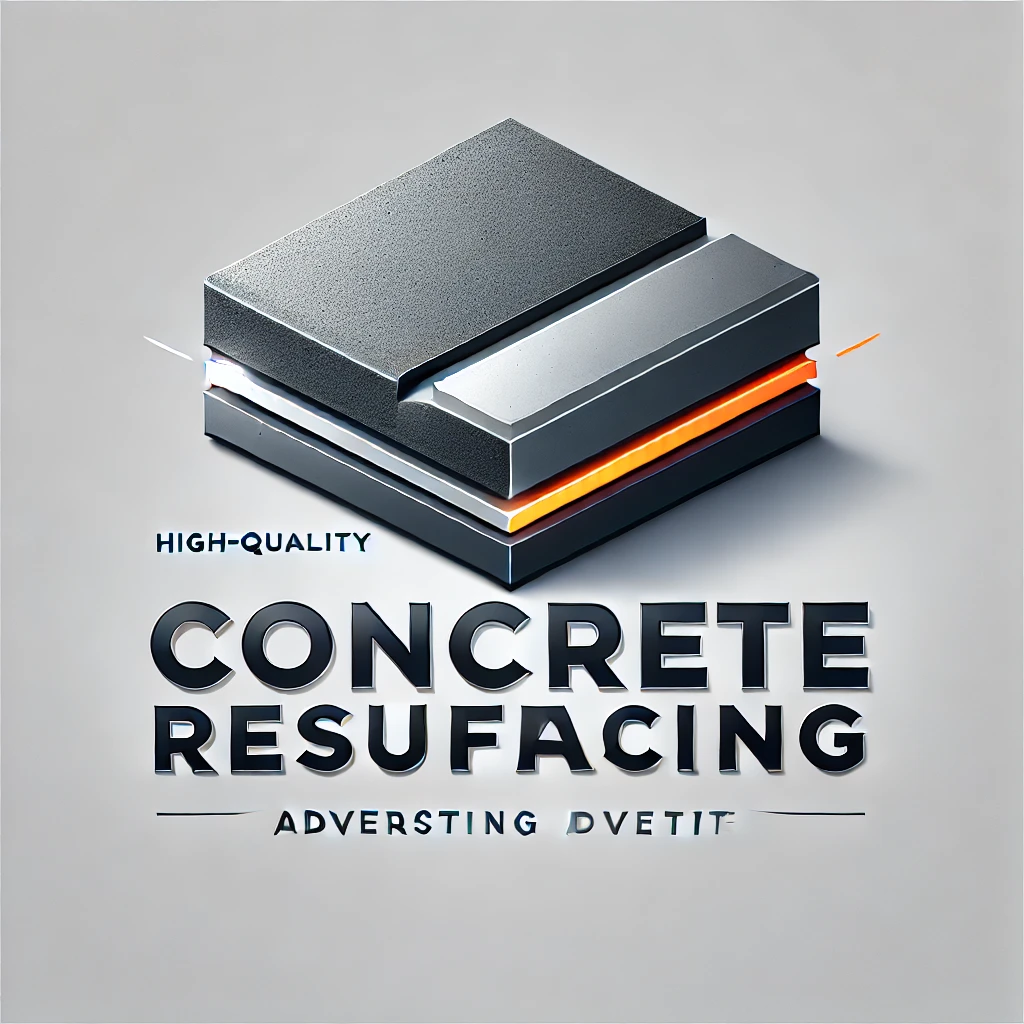Your driveway is more than just a pathway—it’s a major part of your home’s first impression. If it’s showing wear and tear, replacing it entirely isn’t the only option. Concrete driveway resurfacing offers an affordable and efficient way to restore its strength and beauty by applying a fresh overlay to the existing surface.
This method is a game-changer for homeowners and businesses looking to enhance curb appeal and longevity without the expense of full replacement.
Signs It’s Time to Resurface Your Driveway
Concrete naturally deteriorates over time, and recognizing early warning signs can save you from costly repairs down the line. Here’s when resurfacing might be the best choice:
- Visible Cracks & Surface Deterioration – Minor cracks can expand, compromising structural integrity.
- Fading & Discoloration – Exposure to sunlight and weather elements can dull the original finish.
- Drainage Problems & Water Pooling – Poor water runoff can accelerate surface erosion.
- Slippery, Unsafe Texture – Worn-down surfaces can become hazardous, especially when wet.
Why Opt for Concrete Driveway Resurfacing?
Choosing resurfacing instead of replacing your driveway provides multiple advantages:
- Cost Savings – Significantly more affordable than a full replacement.
- Minimal Downtime – Resurfacing can typically be completed in a few days.
- Aesthetic Upgrade – Customize with textures, colors, and patterns to elevate your home’s look.
- Durability Boost – Reinforces existing concrete, making it more resistant to wear and damage.
- Eco-Friendly Solution – Reduces waste by preserving the existing structure.
Step-by-Step Guide to Resurfacing a Concrete Driveway
Achieving a professional-grade finish involves a carefully structured process:
- Deep Cleaning & Surface Prep – Power washing removes dirt, oil, and debris.
- Crack Repair & Bonding Agent Application – Filling cracks and ensuring a secure adhesion layer.
- Applying a Fresh Concrete or Polymer Overlay – Smoothing and reinforcing the existing surface.
- Texturing & Leveling – Creating a slip-resistant, uniform finish for added safety.
- Sealing & Curing – A protective coating is applied to enhance longevity and weather resistance.
DIY vs. Professional Resurfacing: What’s Best for You?
Thinking about tackling the job yourself? Here’s what to consider:
- DIY Requirements:
- Essential tools: Concrete mixer, power washer, trowels, squeegees.
- Materials: Resurfacing mix, bonding primer, sealant.
- Challenges of DIY Resurfacing:
- Uneven application leading to premature cracking.
- Inconsistent curing, reducing overall longevity.
- Advantages of Hiring a Professional:
- Best for larger or heavily damaged driveways.
- Expert application ensures a smooth, long-lasting finish.
- Ability to incorporate decorative finishes and custom designs.
Final Thoughts
Concrete driveway resurfacing is a cost-efficient, visually appealing, and practical way to breathe new life into an aging surface. It extends the lifespan of your driveway while enhancing its overall aesthetic.
If your driveway has seen better days, resurfacing might be the ideal solution. To achieve the best results, consult a professional and explore your resurfacing options today. With the right approach, your driveway can look brand new for years to come!
